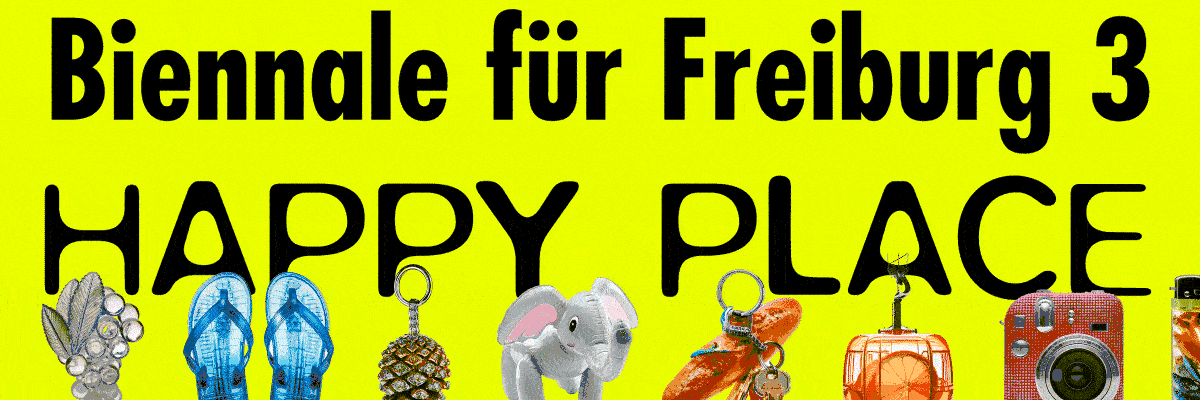
Groupshow
I think I've been there before
Project Info
- 💙 Krupa Gallery
- 💚 Natalia Barczyńska
- 🖤 Groupshow
- 💜 Natalia Barczyńska
- 💛 Alicja Kielan
Share on

Izabela Olesińska (Krupa Art Foundation Collection, Poland), Anni Laakso (courtesy of the artist)
Advertisement

Sebastian Milewski, Hadrien Loumaye, Meryem Bayram (courtesy of the artists)

Hadrien Loumaye, Meryem Bayram (courtesy of the artists)

Antti Auvinen, Meryem Bayram (courtesy of the artists)

Łukasz Stokłosa, Sebastian Milewski (courtesy of the artists)

Veronika Ivashkevich (courtesy of the artist)

Veronika Ivashkevich (courtesy of the artist)

Angyvir Padilla (courtesy of the artist)

Angyvir Padilla / Louisa Gagliardi (courtesy of the artist)

Iván Argote (courtesy of the artist)

Alicja Pakosz (private collection, Warsaw), Meryem Bayram, Angyvir Padilla, Louisa Gagliardi (courtesy of the artists)

Alicja Pakosz (courtesy of the artist)

Iza Opiełka, Aurélie Belair (courtesy of the artists)

Aurélie Belair, Karolina Majewska, Angyvir Padilla (courtesy of the artists)

Aurélie Belair (courtesy of the artist)

Karolina Majewska, Angyvir Padilla (courtesy of the artists)

Karolina Majewska (courtesy of the artist)

Katrīna Neiburga (courtesy of the artist)

Anton Karyuk, Justina Vilčinskaitė and Dovilė Aleksandravičiūtė (courtesy of the artists)

Anton Karyuk (courtesy of the artist)
I Think I've Been There Before is a travelling exhibition project that grew out of observations and research into certain states that occur in transit. The exhibition’s first iteration took place in Lithuania at the Klaipėda Culture Communication Centre, and straight from there it travels to Wroclaw to transform and react to the context of a new space and geographical point. It takes as its framework the notion of liminality and "non-places” considered in political, architectural, and emotional terms.
I. Correlations of architecture as a transit of space and time: Thinking about a certain state of anxiety and discomfort that architecture itself can evoke, one can recall public crowded places such as waiting rooms, buses, and airports. Or, on the contrary; vacant lots transformed by time or the development deeds of large cities; hotel corridors straight out of “The Shining” movie – which seems to lead to no particular destination. Following Juhani Pallasmaa, the key role of architecture is a shelter that is a projection of our measurements and needs, it is supposed to enhance our sense of reality and subjectivity. From the sociological perspective, the issue of space in people’s lives remains on the sidelines concerning other studied currents, and there are still some blind spots in public spaces in the form of liminal places that disrupt this order. The first layer of the exhibition deals with situations, feelings, and changes that begin in the architecture and the immediate surroundings, which are shared together, and often seem to be the background for internal experiences.
II. Territories, domesticity, lost bodies: The second layer of the exhibition is exploring the levels of social and political in-betweens in the oppressive, transforming world in which we are anxiously trying to find our place. The works included in this section address displacement caused by war or economics, the diaspora, and the states of being unsheltered, often questioning the idea of home and territories, the dreamlike areas of doubt. With the rise of industrialisation and the emergence of leisure as an acceptable form of play separate from work, liminoid experiences are becoming more and more common. Given the often nomadic nature of their work, this phenomenon largely affects those engaged in artistic practice, where it is difficult to define a place of habitation. Often not of our own volition, we live in times of constant change, but nevertheless, in various ways, we strive for a comfortable existence and housing that would meet all our needs, be solace, and stability. At the same time, the world around us is becoming noisier, more dynamic, and cramped, where the boundaries between work, home, and spiritual space are blurring more than ever before.
III. Internal corridors, emotions, disappearance: The exhibition ends with abstract emotional suspensions on a more personal level, it turns to the personal and intangible. Liminality appears there as undefined limbo, between our relationships with nature/world, spirituality, and technology. Faced with the last – the notion of liminality has even become the subject of art memes, which, functioning in the metaverse, perhaps show that we can’t quite cope with certain states or haven’t had time to work through them yet. This perspective completes the juxtaposition of the stories about the lack of structured processes for dealing with states such as alienation, illness, and grief, which are about change, slow or sudden disappearance, and transition.
Natalia Barczyńska




